6. Alien From LA (Albert Pyun, 1988)
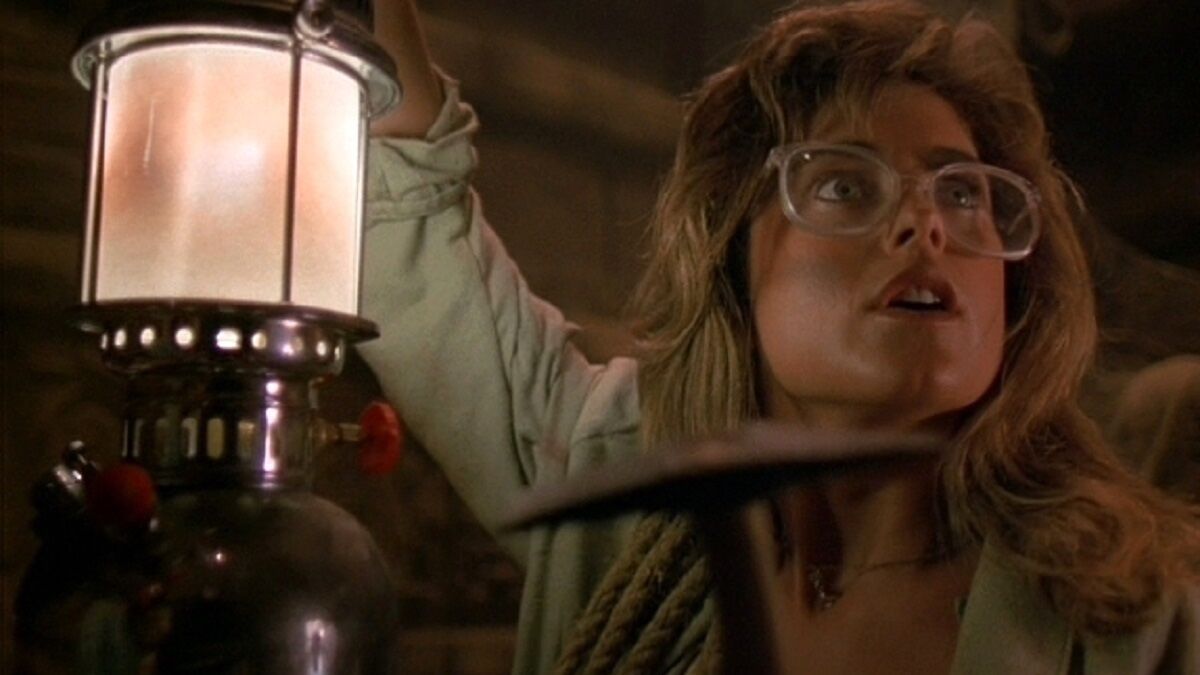
Alien From LA is a science fiction fairy tale from true termite artist Albert Pyun. Made for notorious production company Cannon Films, the film stars helium-voiced model Kathy Ireland as Wanda, a young waitress who stumbles into an underground world while searching for her missing explorer father.
The film is packed with eccentric characters: Deep Roy (better known to mainstream audiences as the Oompa Loompas in the 2005 adaptation of Charlie and the Chocolate Factory) is gleefully cartoonish as the zoot suit-clad underground crime boss Mambino, Linda Kerridge plays a dual role as both the matronly Auntie Pearl and glamorous bartender Roryis, and Janie du Plessis has a total of three roles: eye-patched villainess General Rykov, lowlife Shank, and also a brief appearance as a claims officer. Pyun must have had it bad for Ireland as he cast her without a screen test, and only after she was cast began to take acting lessons. How successful these lessons were can only be decided by the viewer, but although this is a film centered on an off-kilter, campy performance, there is a lot going on beneath the surface.
Wanda’s journey through the subterranean realm of Atlantis often feels more like a series of random encounters rather than a coherent narrative, but this is by design, as some of the film’s main inspirations are Alice in Wonderland and The Wizard Oz. In the same vein, Alien From LA is unapologetically whimsical. Yet the underground civilisation of Atlantis that Wanda finds draws on quite a different vein of influences: Atlantis is a claustrophobic and bureaucratic nightmare undoudtedly influenced by Terry Gilliam’s Brazil. This heady concoction of influences, realized on a low budget, is unmistakably Pyun’s.
The film does a lot with its limited resources, pushing the salvagepunk aesthetic to the limit with a fraction of the budget of something like Blade Runner. Atlantis here is not conceived as a place of ancient legends, but of neon signs in Japanese script, constantly erupting jets of fire, and walls of videoscreens. Pyun also uses a technique drawn from George Lucas: using bombastic music (four separate composers) that makes the film feel much more grandiose than it in fact is. Pyun’s co-writers Judith and Sandra Berg (who these days churn out far less psychotronic scripts for the Hallmark channel) smuggle in some feminist themes – and it is a genuinely euphoric moment when the film ends with Wanda rejecting her callous Angeleno boyfriend.
As Pyun scholar Justin Decloux points out in his book Radioactive Dreams, Alien From LA seems an unusual choice for producers Golan and Globus, who were better known for gung-ho action films with Chuck Norris.Decloux notes that “The production of Alien From LA was simply another stab at the Family Adventure format.” However, Golan and Globus didn’t reckon on Pyun’s eclectic, eccentric approach. Unfortunately, Pyun is considered a hack by some; a barrel-scraping journeyman churning out low-budget science fiction. His films are certainly an acquired taste, but for those who acquire it, Alien From LA is a wildly creative and unapologetically silly cult masterpiece.
7. Tetsuo: The Iron Man (Shinya Tsukamoto, 1989)
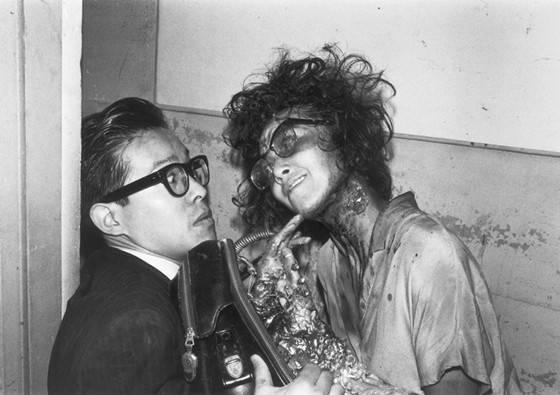
Cult film fans, and afficionados of manga and anime will know Akira (Katsuhiro Otomo, 1988) as a landmark in Japanese popular culture. But fewer may know that Akira also inspired this visceral body horror, filmed on grainy 16mm and put together guerrilla-style using director Tsukamoto’s apartment and various dingy locations the outskirts of Tokyo for filming locations.
The film is a mind-bending and audacious avant-garde cyberpunk film that defies the logic of conventional storytelling. While in some contexts, cyberpunk can mean the neon-noir of Blade Runner, Japanese practitioners such as Tsukamoto and Shozin Fukui (known for 1991’s 964 Pinocchio) take a far more visceral, transgressive approach: nightmarish fusions of man and machine produce hybrids that make H.P. Lovecraft nightmares seem tame, all the more so as they are presented as an inevitable future.
Tsukamoto’s direction is a masterclass in creating an unsettling atmosphere, utilizing frenetic editing and disorienting visuals to immerse viewers in a world of technological nightmare and gory fetishism. The narrative (though this is hardly a conventional, narrative-driven film) follows a salaryman who, after hitting a metal fetishist with his car, begins to have bizarre metal fantasies himself, and soon finds pieces of metal sprouting from his flesh. Eventually he transforms into a grotesque hybrid of flesh and metal, becoming a symbol of humanity’s entanglement with technology.
Tetsuo: The Iron Man is not for the faint of heart, as it bombards the senses with its disorienting imagery, which is often sexual in nature, and grating, industrial soundscapes. Its unconventional narrative and extreme visuals will alienate viewers who need the comforts of conventional narrative, those with a taste for experimental cinema and a willingness to embrace its unsettling vision will find themselves immersed in a brutal yet unforgettable cinematic journey.
8. Lady Terminator (H. Tjut Djalil, 1989)
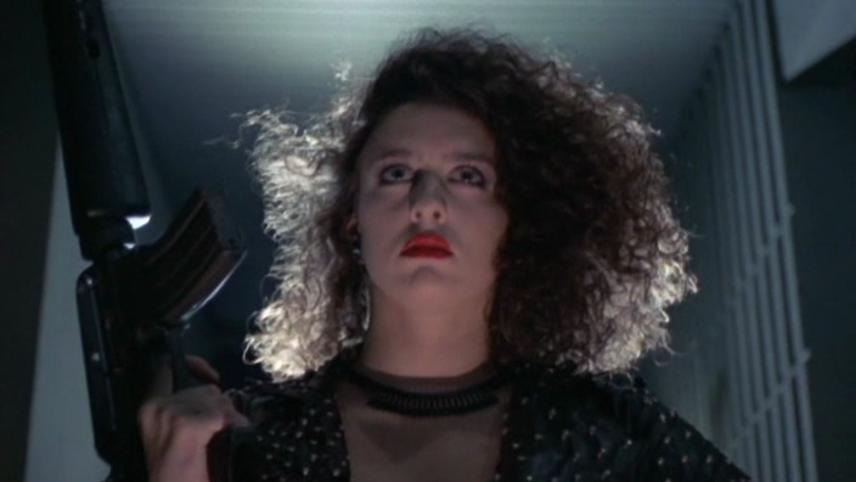
Lady Terminator is an expectation-defying Indonesian exploitation film. Blending elements of horror, action, and supernatural revenge, the film creates a unique and unforgettable cinematic experience. While it’s clearly inspired by The Terminator, this low-budget gem takes a wildly different approach, moored as much in fantasy and Indonesian concepts of the supernatural more so than the apocalyptic portends of The Terminator. The story follows an anthropologist who becomes possessed by an ancient sea queen and embarks on a mission of vengeance against men. The plot unfolds with a mix of stodge and campy humour, but it moves from supernatural horror to revenge drama to a spectacular shootout that would have made Sam Peckinpah want to hang up his hat.
British actress and model Barbara Anne Constable embraces both the silliness and the savagery of the lead role, and embodies the transformation from ordinary woman to unstoppable killing machine. This is undeniably Constable’s show, but the rest of the cast is rounded out with oddball characters, dubbed into somewhat non-standard English.
Lady Terminator is not without its technical shortcomings though, and it’s something of a slow build-up to finale. It’s almost as if the producers were saving the money and resources for the bombastic battle that closes the film, knowing they could sell the film on that spectacle alone. It’s precisely quirks such as this unevenness that contribute to the film’s charm. Lady Terminator’s audacity, willingness to embrace its own absurdity, and rapid-fire climax make it a rare find for fans of unconventional action cinema.
9. Marquis (Henri Xhonneux, 1989)
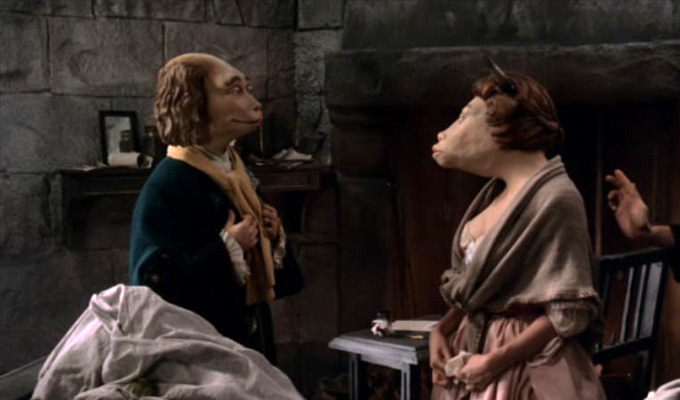
Marquis is a provocative exploration of the life of the Marquis de Sade using grotesque masks and animal imagery. Set in the famous Bastille prison, the film follows the adventures of de Sade, who is here represented as a dog, and the other animalesque characters who imprison and surround him. A particularly odd inclusion is Colin, an anthropomorphic member to whom de Sade confides in. Falsely accused of rape (as part of a conspiracy to protect the King, the actual criminal), de Sade recounts his sexual fantasies to Colin and anyone else who will listen, as meanwhile revolutionaries hatch a plot to overthrow the monarchy and spring the prisoners of the Bastille.
The film’s juxtaposition of graphic sexual imagery, political satire, and absurd comedy challenges viewers to engage with de Sade and his themes in unusual ways. Though reading the absolute amorality of De Sade’s writing can be a bracingly nihilistic experience, Khonneux brings the earthy bawdiness of Francois Rabelais, turning de Sade’s story of deviance and imprisonment into a carnivalesque Punch and Judy show. What would be obscene if rendered in live action becomes bawdy silliness when performed by muppet-like creatures with dog, cockerel, and cow faces.
It’s hard to tell if Marquis has profound things to say about the dark side of the Enlightenment, and about the connection between sexual and revolutionary forms of desire, or if Khonneux and company are just creating a giant, ribald put-on. Either way, Marquis is a uniquely bizzare film.
10. Society (Brian Yuzna, 1989)
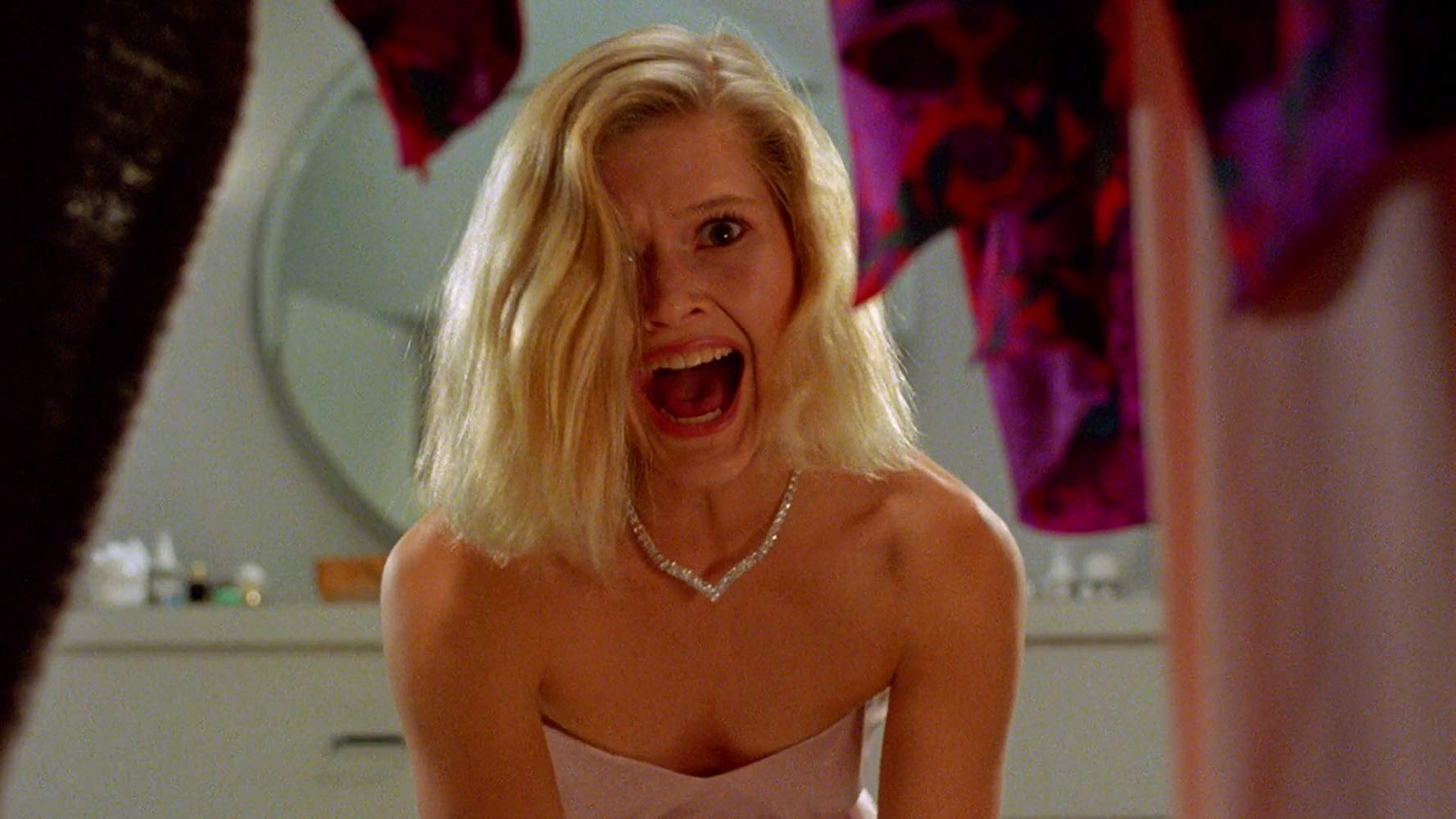
Society follows Bill, an LA teenager named who begins to suspect that his wealthy family and their seemingly perfect Beverly Hills community are hiding a sinister secret. As he delves deeper into the mystery, the film takes a shocking and grotesque turn, culminating in a jaw-dropping body horror climax that defies both explanation and good taste.
The film’s portrayal of sun-drenched 1980s Beverly Hills is not only quintessentially 8os, it’s also a brilliantly uncanny setting for a horror film. Similarly sunny Eisenhower-era science fiction films such as Invaders from Mars (William Cameron Menzies, 1953) and Invasion of the Bodysnatchers (Don Siegel, 1956) are certainly an influence here, but for the special effects, director Brian Yuzna reached out to Joji Tani, often known by his nickname of “Screaming Mad George.” Tani, a punk musician as well as a makeup and special effects guru, brought a handmade sensibility to the film, giving the poor taste climax more in common with Tetsuo: The Iron Man than with the slasher-focused American horror of the era.
Yuzna’s direction gradually and skillfully builds towards its explosive ending. Though he has had a long career afterwards – including several collaborations with Tani – nothing else comes close to Society. While Society can be a polarizing film due to its extreme and unconventional ending, it remains a cult favourite among horror enthusiasts who appreciate its willingness to push boundaries and challenge expectations. Society’s caustic critique of class inequality makes the much-lauded Parasite (Bong Joon-ho, 2019) look tame in comparison.